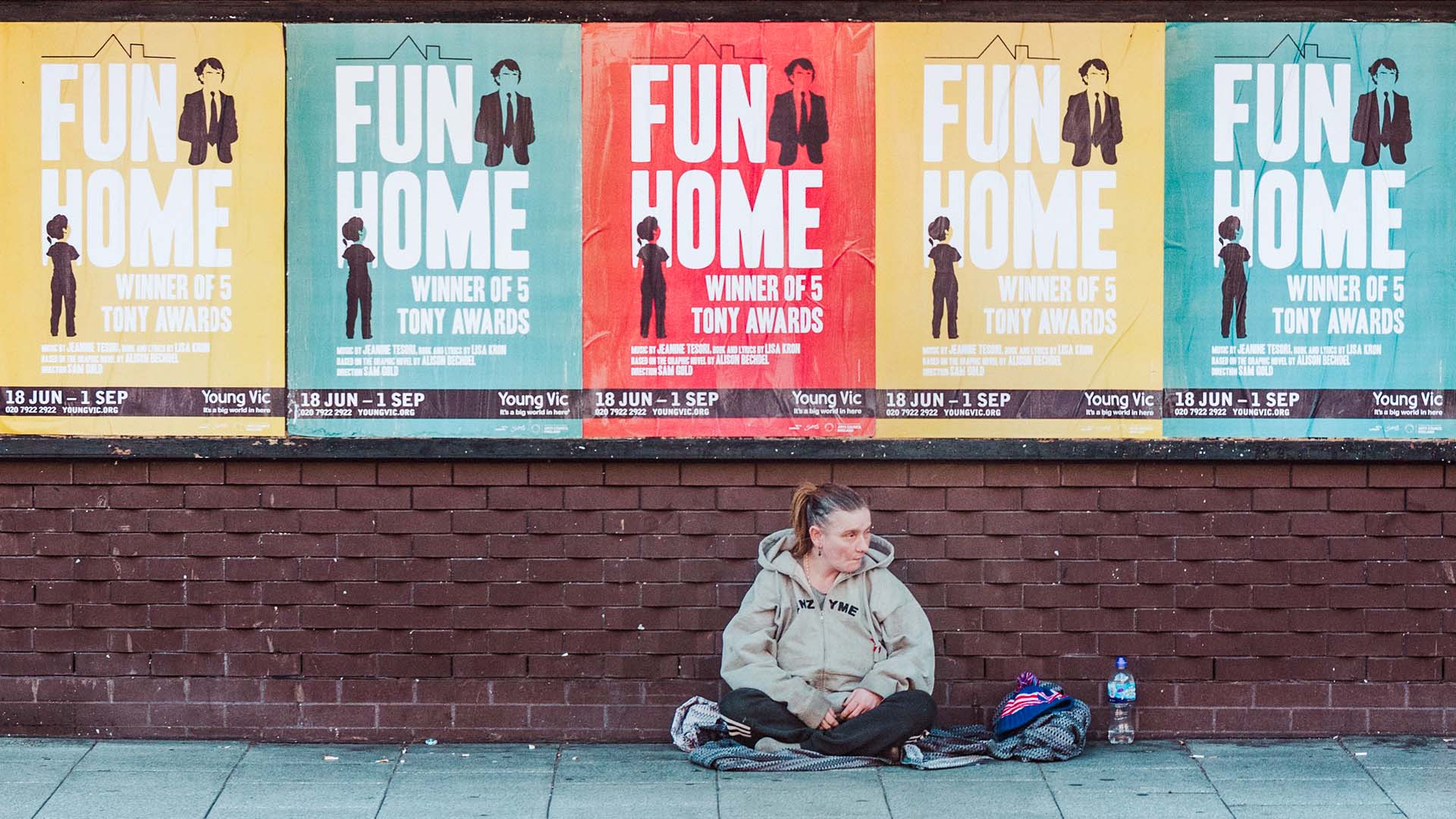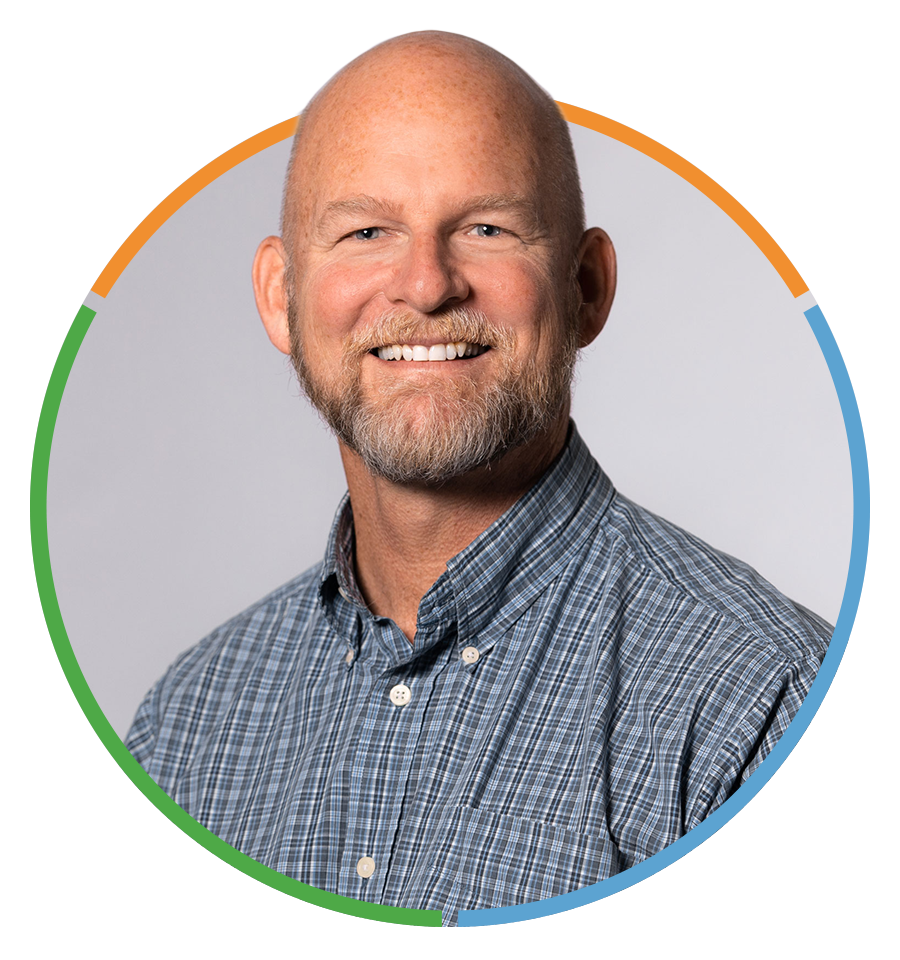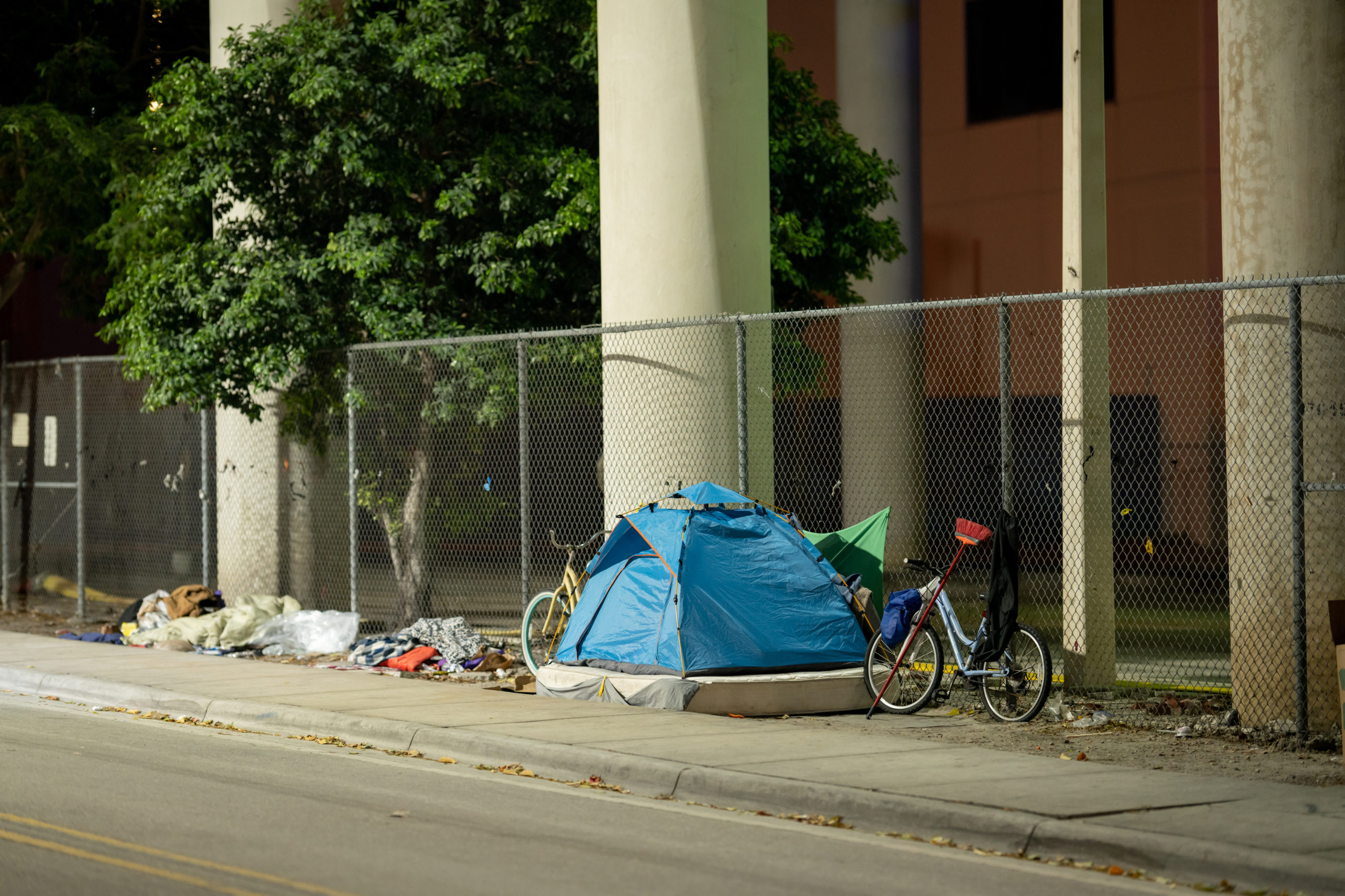Throwing Government Housing At The Homeless Is Treating The Symptom
James Whitford
Executive Director
Read more from James
This article was originally published on April 25, 2022 in The Federalist.
Debate over the term ‘homeless’ versus ‘houseless’ doesn’t provide a real solution, and neither does just offering a place to live.
Nathan wasn’t just “houseless,” he was homeless. The young man I befriended at our mission in southwest Missouri was one of those unsheltered homeless guys you might catch a glimpse of on the news as a camera pans a row of tents in a city encampment.
Yet for describing people like Nathan, some are beginning to use the term “houseless” instead of “homeless.” One non-profit based in London, Unhoused.org, rationalizes the shift by saying, “The label of ‘homeless’ has derogatory connotations. It implies that one is ‘less than’, and it undermines self-esteem and progressive change.”
Similarly, policy analyst for the American Civil Libertis Union of Southern California, Eve Garrow, shared in a 2021 Architectural Design article, “Homeless has become intertwined with narratives that are toxic. It deserves to be retired.”
Of course, “derogatory connotations” and “toxic” associations are not the cause of the current homeless crisis in America. Nor is a semantic shift toward using the term “houseless” going to put us on a road to helping people into a flourishing life off the streets.
In fact, the term “unhoused” inaccurately isolates and unjustly reduces the complexity of the problem, leading toward an embrace of more simplistic solutions. If a person is “houseless,” then the answer to his problem is, of course, a house.
The U.S. Department of Housing and Urban Development seems to be under this impression. It recently projected an $11 billion increase in spending for the upcoming fiscal year that includes $32.1 billion – the largest increase ever – for its Housing Voucher Program.
However, Nathan admits that, for him, the need is for much more than a house. He didn’t land in our mission’s respite unit to finish his recovery because he lacked a house. He has a broken heart stemming from an alcoholic father who physically abused him until he was seven, when his mother finally divorced. He began drinking at a young age and his addiction landed him on the streets at age 35. A house won’t solve his problem.
Leaders like L.A. Mayor Eric Garcetti disagree. A little more than a year ago, in a keynote address titled, “Unhoused: Addressing Homelessness in California,” Garcetti said, “The only thing that this very diverse group of people … have in common is that they are unhoused. So the solution is housing.” Meanwhile, chronic homelessness in L.A. spiked 68 percent in the last year. Maybe there’s more to it than just housing.
Treating the problem of homelessness like its “houseless-ness” can be likened to treating diabetes like it’s lethargy. Certainly, sluggishness or lethargy is a part of diabetes. Although we may first think to treat our own late afternoon lethargy with a chai latte or a cold Dr. Pepper, that treatment fails the diabetic. Why? Because addressing symptoms is much different than addressing pathology.
The pathology of a disease or social illness is the processes that are often unseen but are the primary contributors to the constellation of symptoms we commonly do see. We’ve got the diagnosis right. It’s homelessness. And although the primary symptom may be houseless-ness, treating the problem by providing housing merely addresses the symptoms. Just as prescribing a chai latte for the lethargic diabetic fails the individual, so also prescribing housing to treat the symptoms of homelessness has failed us all.
In the last five years, America has experienced a 28 percent increase in unsheltered homelessness, all while we’ve been feverishly treating the symptoms. In the last 10 years, HUD funding increased 24 percent, having funneled nearly $20 billion into a variety of “housing-first” approaches that focus on providing everything from first-month rent assistance to fully subsidized housing.
We’re certainly spending a lot to address the symptoms of homelessness. A bit more than $625,000 of those HUD dollars just landed in my own city. A lot of people are excited about that and, initially, Nathan was, too. But after talking through it, he realized he had the ability to work, save his money while staying at our mission, and get his own apartment without government assistance.
Rather than accepting the label “houseless” and grabbing his free housing, Nathan stayed at the mission until he saved enough to get his own apartment. Beyond earning and saving, something more important happened while he was at our mission. We became friends. Therein lies the best prescription for the problem: relationship development, or building social capital.
Ultimately, the cure is found in the context of friendship, because the pathology is always based in some aspect of a broken relationship, whether it be between a person and his family, a person and his community, or a person and his God. Nathan admitted he wasn’t just homeless. He was “homeless and hopeless.”
Hope — real hope — will never be found in a government-provided rent check, a HUD housing voucher, or some other housing subsidy. It also won’t be discovered because we quit using the word “homeless.” Ask Nathan. The problem isn’t whether he’s called homeless or unhoused. The problem is that most people don’t know his name.




